Ce 3 mai, la MDJ a tenu sa cérémonie d’accueil des journalistes à l’Hôtel de ville avec FMM, RSF, Ouest-France ou encore France Télévisions.

L'œil de la Maison des journalistes
Liberté d'informer & Accès à l'information

Ce 3 mai, la MDJ a tenu sa cérémonie d’accueil des journalistes à l’Hôtel de ville avec FMM, RSF, Ouest-France ou encore France Télévisions.
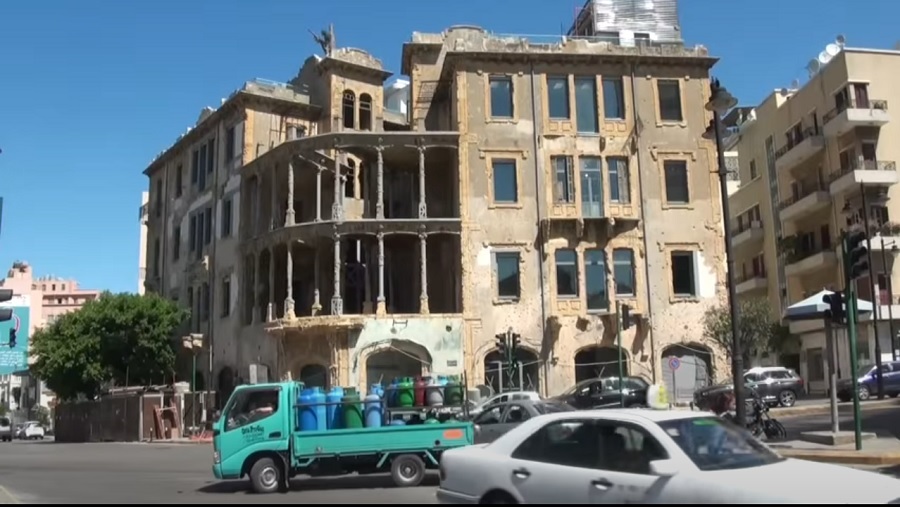
«L’art est le plus court chemin de l’homme à l’homme» – André Malraux La guerre civile libanaise entre 1975 et 1989 a eu des effets …
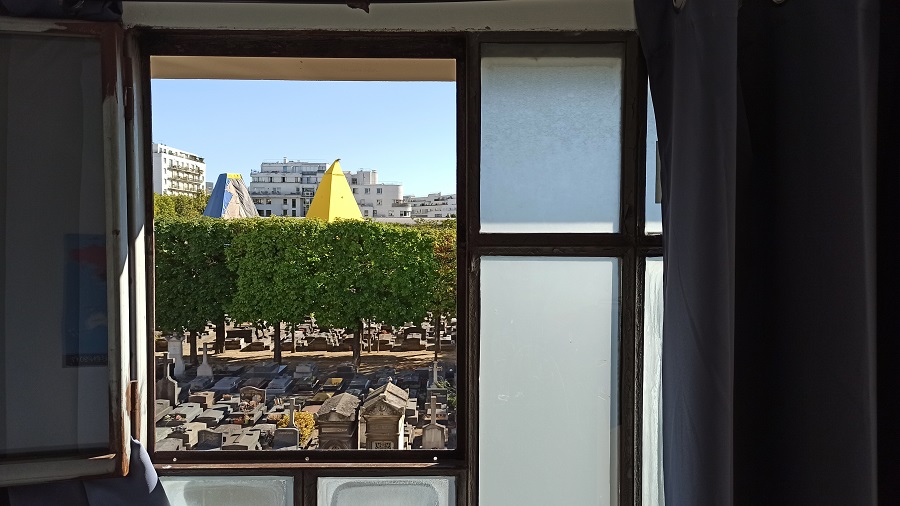
After a three month-long state-mandated lockdown, a historian interviewed the staff members and exiled media professionals who respectively work and live at the Maison des …
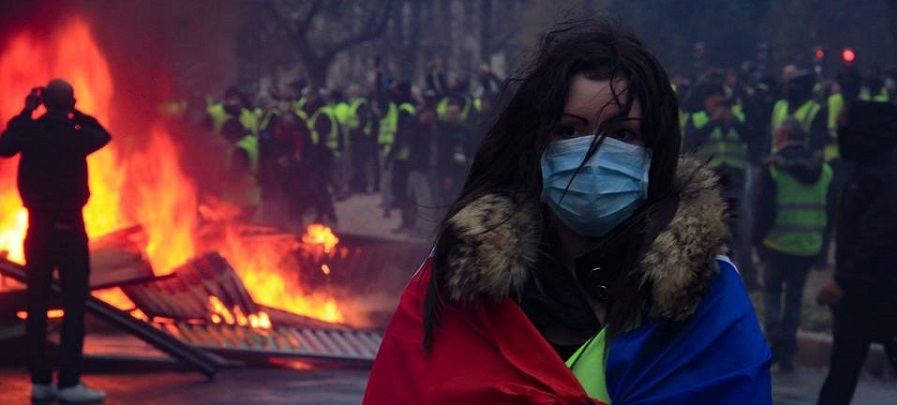
[D’Alep à Paris] Sarah passe ses jours et ses nuits sans réaliser qu’elle est à Paris. Elle prend souvent le métro pour voyager dans son imagination et comparer ses deux vies “celle d’Alep et celle de Paris”. Elle entretient une forme de confusion entre ses deux villes, oubliant qu’il n’y a pas de métro à Alep.
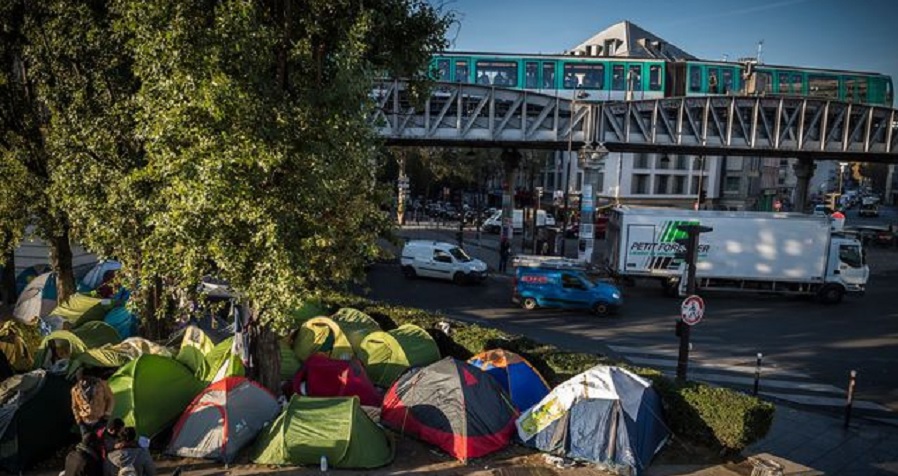
[EXIL] Suite du périple de Diddy. Après avoir couvert une manifestation dans son pays puis avoir été arrêtée, elle a pu prendre l’avion et traverser la douane sans encombre. Extenuée, la voici à Paris où sa nouvelle vie commence.
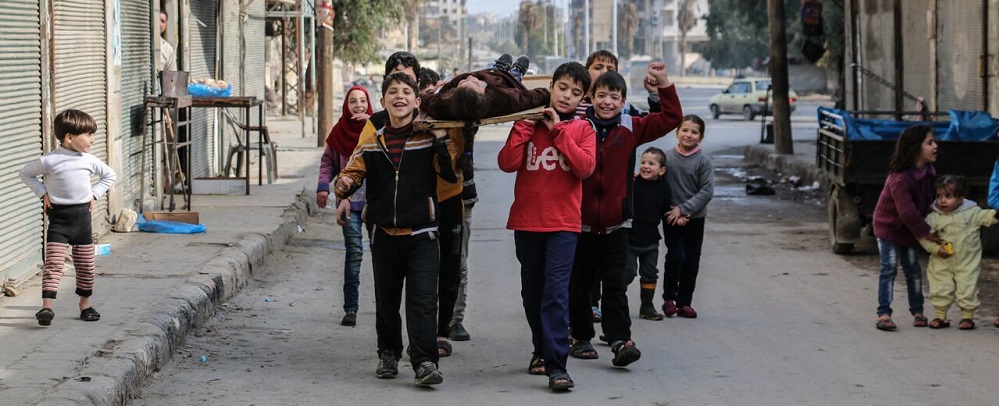
[EXPOSITION] Samedi après-midi 6 octobre 2018. À 4.000 km d’Alep, en Syrie. 6 ans après le début des bombardements. Retour à Paris. D’une photo à une autre, le regard d’Ameer Al Hablbi nous habite. Le temps de l’exposition, nous vivons dans deux mondes parallèles: l’angoisse de la guerre et la douceur de vivre d’un étudiant parisien.

[Témoignage] Attention aux pickpockets! Dès que je monte dans le métro de Paris, j’entends cette alerte. J’ignore pourquoi je me sens à chaque fois concerné. Par l’accusation et non l’alerte (si vous ne l’aviez pas deviné). Ce sentiment est d’autant plus fort que la voix féminine répète le message en plusieurs langues sauf l’arabe. Je ne suis pas le seul à le penser. Prenons par exemple ce couple de touristes britanniques qui est tout près de moi.